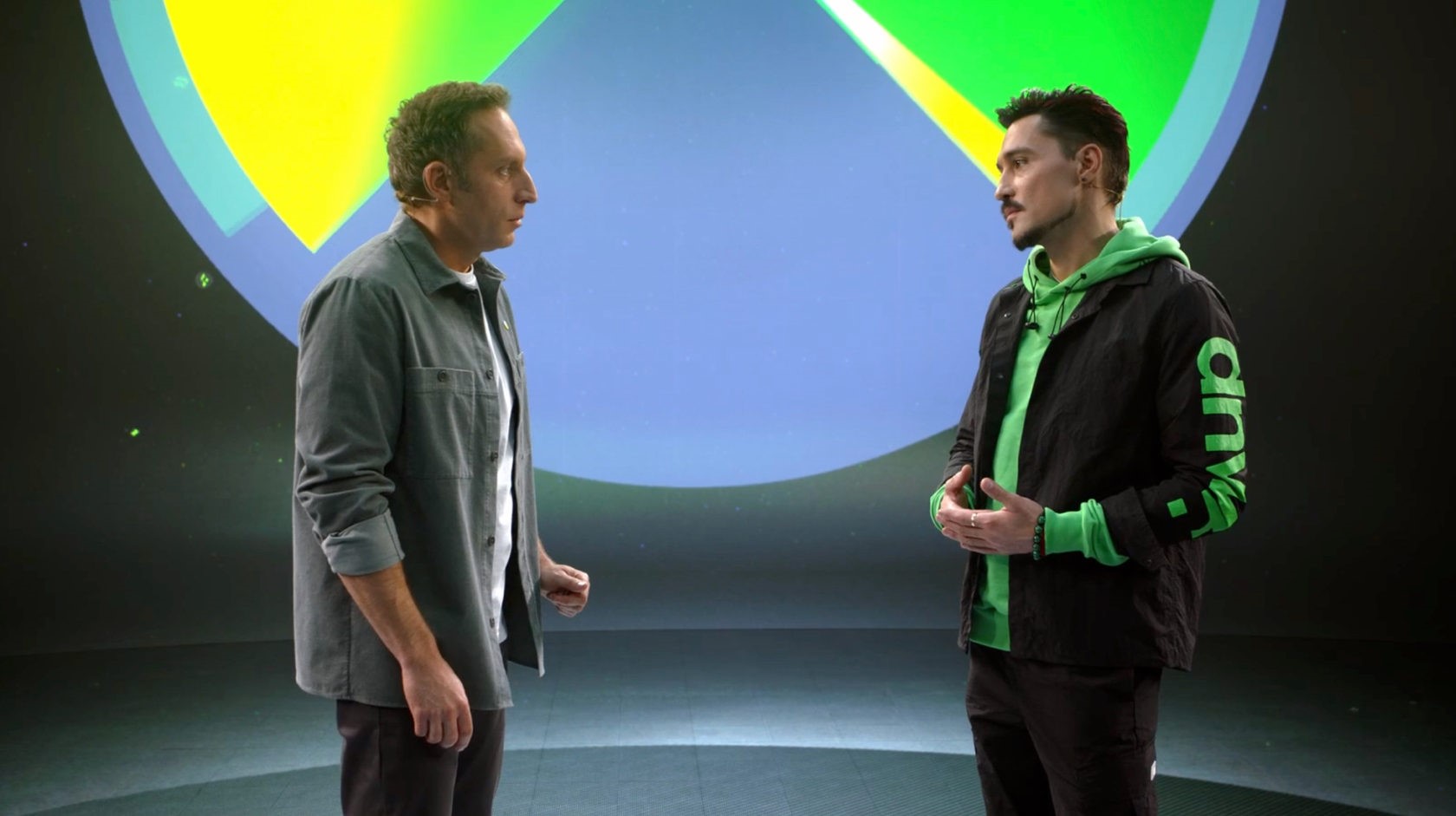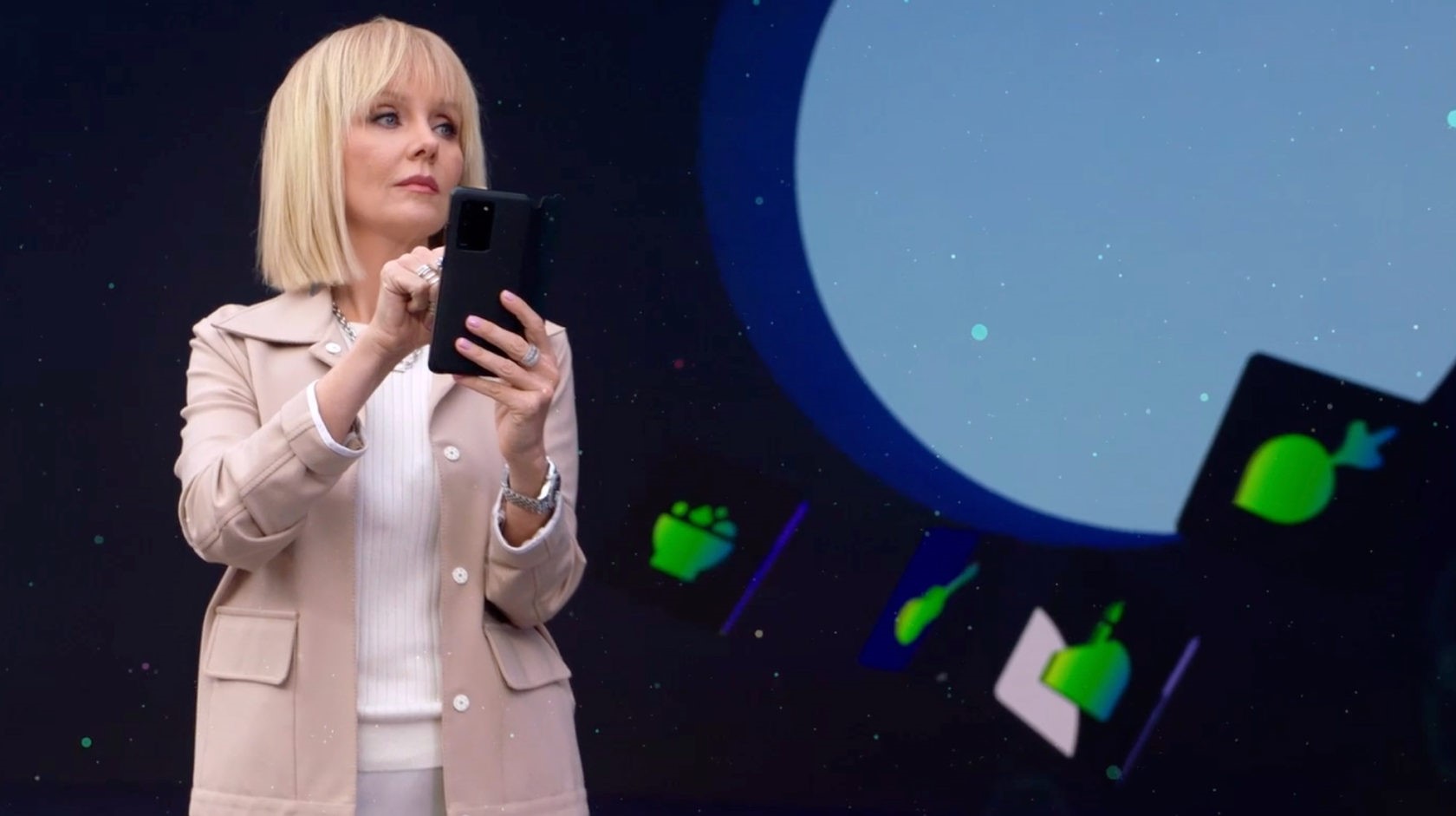Major transformation for Russian banking giant, Sber

Creating a brand to rival the world’s biggest technology companies takes guts, cash and ambition.
Russia’s largest banking institution, Sberbank, will demonstrate all three as it makes a radical departure with the past. The organisation is re-inventing its business model and creating a new brand called “Sber” as it launches into a whole new era as a provider of technology services. Through a series of acquisitions, the Sber brand will create an ecosystem offering Russian consumers everything from an e-commerce platform, voice assistants and streaming platforms to a taxi hailing app, a restaurant booking app, devices such as dongles, food delivery and an online pharmacy. These services are additional to its traditional banking business.
“We are creating a new brand that generates value for customers in a range of different industries,” says vice-president and head of marketing and communications Vladislav Kreynin. “We thought about it not as rebranding from a bank, but as creating a new brand, Sber, for many new industries.”
The technology eco-system Sber is creating is reminiscent of China’s Tencent and Alibaba brands, which both offer a range of consumer technology services from digital payments to social media, entertainment and retail.
As with any brand launch, the proof of success will be in the way consumers react to the proposition. Kreynin explains that through its strong roots in Russian society, Sber is one of the country’s most trusted brands and this trust will carry through to the new areas of activity. Founded in 1841, Sberbank has a place in Russian hearts, similar to the much-loved status of M&S or John Lewis in the UK. With 97 million customers, Sberbank handles financial transactions for the majority of Russia’s population of 145 million, covering credit cards and cash and providing mortgages and loans. The Sber brand embodies the values of trust, customer-centricity, innovation and social responsibility, says Kreynin.

Behind the new strategy is a realisation that traditional banking is facing disruption from technology upstarts which are cherry-picking profitable services with efficient, low-cost apps and digital services. The future for traditional banks is a dead-end as they become commoditised utility providers and their margins dwindle. Sber knows it must re-invent itself for the future. Under the direction of chief executive Herman Gref, a former economics minister in Vladimir Putin’s Government between 2000 and 2007, the business is confident it has the vision and drive to achieve this transformation.
The re-invention process has been underway since 2017 when the bank worked in partnership with Russia’s digital giant Yandex. The two companies have recently parted ways and Sberbank is now going it alone on the digital front, making a string of technology acquisitions.
These are being brought under the umbrella brand with a new Sber logo which was unveiled in September. The logo was developed in-house with help from international branding consultancy Landor & Fitch and the participation of Russian design studios such as Shuka, Paratype, Superdesigners and Media Work. The logo reflects continuity with the previous branding and features an incomplete circle with a tick, or check mark, symbolizing a radar to indicate searching and creating new things. The symbol is reminiscent of a clock face, suggesting time saved through Sber’s services. The logo will be adapted across the eco-system of technology services.
Ultimately, Sber is aiming for the eco-system services to account for more than half its revenues, with the rest coming from banking. Its ambition is huge and it requires a communications strategy to match.

In September, a video presentation explaining Sber’s bold new proposition to the public, staff and stakeholders broke new ground in its approach to communications. SberConf features company executives talking about its new technology services with celebrities such as 70s movie star Mikhail Boyarsky and pop star Dima Bilan.
As Kreynin explains: “Sberconf was not a classical conference with speakers and slides and that was the real challenge. It was a mixture of a TV series and events with a product presentation, so it was a completely new format. We provided audiences with sketches rather than a classical presentation.” The video attracted some 12 million viewers, he says, after being heavily promoted through social media.
The transformation of Sber’s communications is an example of the way new formats are vital to signalling a change of corporate direction. A TV ad created in-house with help from Leo Burnett, uses a popular fictional time-traveller from the Soviet era who travels into the future to experience Sber’s technological eco-system. Another film “Black Swan” explains why traditional banking is in crisis and how Sber is forging a new direction.
Kreynin sums up the strategy. “We decided that economically and taking consumer behaviour into account, the will to subscribe to lifestyle bundles, to get subscription models, to get packages with different services including finance, entertainment and e-commerce, this is the best way forward.”
Launching Sber’s new brand direction to consumers, investors and suppliers may go down as one of the greatest brand launches in Russian history. Guts, ambition and investment seem to be paying off.












